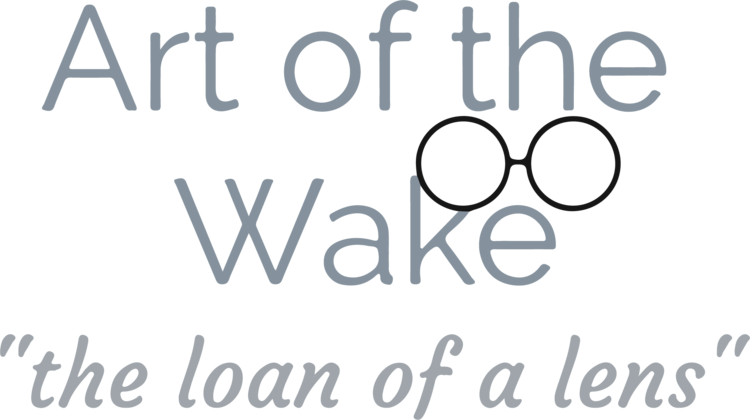"Four things therefore, saith our herodotary Mammon Lujius
in his grand old historiorum, wrote near Boriorum, bluest book
in baile's annals, f. t. in Dyffinarsky ne'er sall fail til heathersmoke
and cloudweed Eire's ile sall pall. And here now they are, the fear of um. T. Totities! Unum. (Adar.) A bulbenboss surmounted upon an alderman. Ay, ay! Duum. (Nizam.) A shoe on a puir old wobban. Ah, ho! Triom. (Tamuz.) An auburn mayde, o'brine a'bride, to be desarted. Adear, adear! Quodlibus."
To understand page 14, we need to read back over the second half of page 13, where we are introduced to the historian (or rather, four of them) “Mammon Lujius” (who later becomes Mamalujo: Matthew, Mark, Luke and John, the four evangelists, blended with the four historians of The Annals of the Four Masters). The word “Boriorum” refers to Boreum, which is the county of Donegal on Ptolemy’s map of Ireland, the place where the Annals were written. The four old men have conflated the history of Ireland with the Jewish calendar.
1132 A.D. Men like to ants or emmets wondern upon a groot
hwide Whallfisk which lay in a Runnel. Blubby wares upat Ub-
lanium.
566 A.D. On Baalfire's night of this year after deluge a crone that hadde a wickered Kish for to hale dead turves from the bog look-it under the blay of her Kish as she ran for to sothisfeige her cowrieosity and be me sawl but she found hersell sackvulle of swart goody quickenshoon and small illigant brogues, so rich in sweat.
Blurry works at Hurdlesford.
This illustration represents a midden where elements of historical significance are found. Conflicts and battles, central to the Wake, are represented by men like ants fighting on one layer of the midden. They are inspired by Louis le Brocquy’s figures from the illustrations of The Tain. The number 1132 recurs throughout the novel, with 11 signifying rising, and 32 signifying falling. HCE is represented by the Boa Island sculpture while his wife, a hag or crone, stands guarding her twin sons in a “wickered kish” while Issy cradles her doll.
What do you think Joyce has to say about the recording of history in this passage and in what you've read so far?

